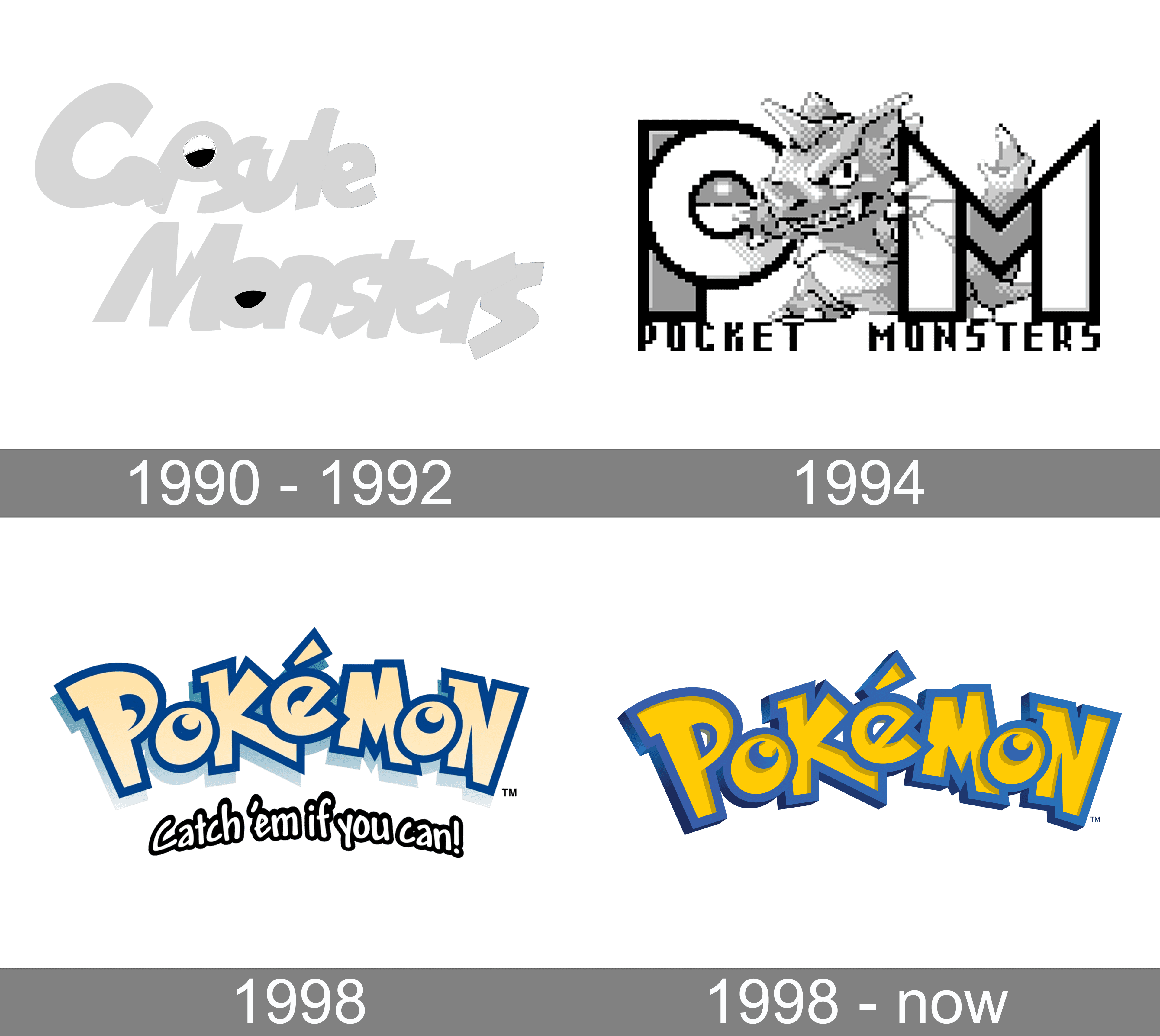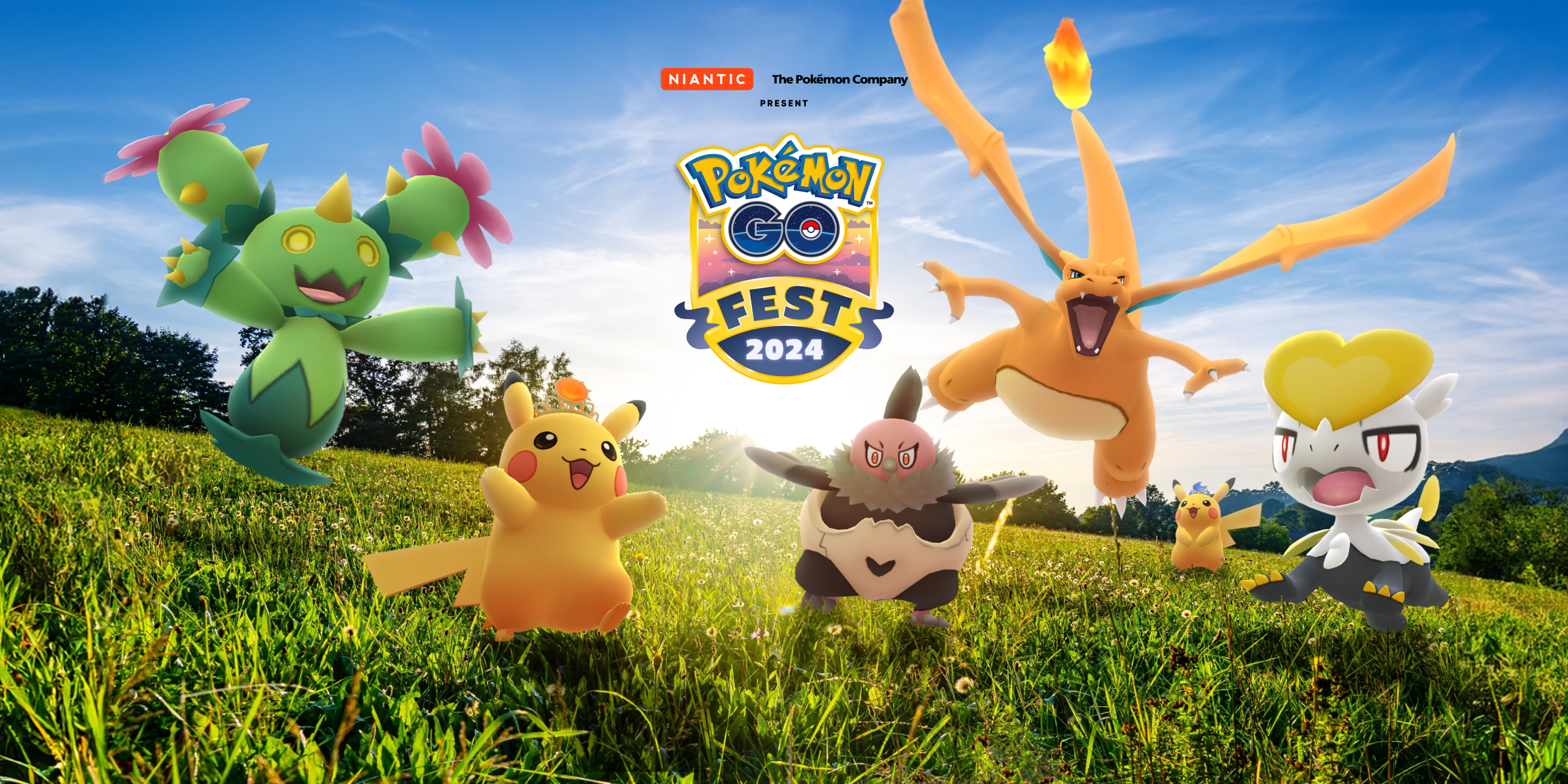

The name “Pokémon” is a portmanteau of “pocket” and “monster” and alludes to the extensive culture of monsters in myths and legends in Japanese folklore (Bainbridge, 2013). The concept of Pokémon as we know it today first appeared as a Nintendo video game called “Pocket Monsters Red and Green”, created by Japanese designer Satoshi Tajiri in 1996 (Bainbridge, 2013; “Pokémon,” 2024).
Beyond the gaming industry, The Pokémon Company kept expanding its business into a vast multimedia franchise in the following decades, including comics, TV shows, movies, trading cards, toys and other products (Tobin, 2004, p.3).
Taijiri was inspired by his passion for gathering insects and thus created a world where all kinds of wild creatures could be collected and trained by trainers, battling with each other to test your—and your Pokémon’s—skills (Bainbridge, 2013; “Pokémon,” 2024). For example, Ash—the infamous trainer and protagonist of the Pokémon series, who is known for his catchphrase “Gotta catch ‘em all!” (Bainbridge, 2013) —captured and trained his Pikachu, using him to fight with other creatures to either defeat them or weaken them enough to be caught in so-called “Poké Balls” (“Gameplay of Pokémon,” 2024).
While the original target audience was children, the Pokémon franchise broadened it to all ages with the release of the game “Pokémon GO”, which utilized Augmented Reality (AR) in 2016 (Laato & Rauti, 2021; “Pokémon Go,” 2024). This diversification of audiences contributed to expanding its customer base. Therefore, after almost three decades, Pokémon has grown into a huge global media franchise and achieved significant commercial success similar to other, western, franchise giants like Star Wars and Disney.

Fun fact! Pokémon gained such worldwide fame that, in 2001, the island of Niue—about 2400 kilometres north-west of New Zealand—issued a collection of Niue Dollar coins featuring several Pokémon, including Pikachu (AWOL, 2016).

AWOL. (2016, November 10). Niue: A Tiny Nation With Free Wi-Fi For All And Pokémon On Its Currency. AWOL. https://awol.com.au/this-tiny-island-nation-has-free-wi-fi-pokemon-on-its-currency/36342
Bainbridge, J. (2013). “It is a Pokémon world”: The Pokémon franchise and the environment. International Journal of Cultural Studies, 17(4), 399–414. https://doi.org/10.1177/1367877913501240
Gameplay of Pokémon. (2024). In Wikipedia. Wikimedia Foundation. https://en.wikipedia.org/w/index.php?title=Gameplay_of_Pok%C3%A9mon&oldid=1214908257#Pok%C3%A9_Ball
Laato, S., & Rauti, S. (2021). Central Themes of the Pokémon Franchise and why they Appeal to Humans. In B. Tung X (Ed.), Proceedings of the 54th Hawaii International Conference on System Sciences (pp. 2814–2823). https://doi.org/10.24251/hicss.2021.344
Pokémon. (2024). In Wikipedia. Wikimedia Foundation. https://en.wikipedia.org/w/index.php?title=Pok%C3%A9mon&oldid=1216753073
Pokémon Go. (2024). In Wikipedia. Wikimedia Foundation. https://en.wikipedia.org/w/index.php?title=Pok%C3%A9mon_Go&oldid=1216291055
Tobin, J. J. (Ed.). (2004). Pikachu’s global adventure: the rise and fall of Pokémon. Duke University Press.
Niantic, Inc. (n.d.). Pokémon GO Fest 2024 [Online image]. In Pokémon GO. Retrieved April 3, 2024, from https://gofest.pokemongolive.com/
PCGS. (2024). 2001 NZ$10 Pikachu coin [Online image]. In Pcgs.com. https://www.pcgs.com/valueview/silver-coinage-10-dollars/2001-10-pickachu-km-139-dcam/199209?sn=192071&g=67&h=
Pokémon Logo Evolution. (2024). [Online image]. In 1000logos.net. https://1000logos.net/pokemon-logo/
shrednector. (2020). Nintendo Gameboy 1989 [3D model]. In Sketchfab. https://sketchfab.com/3d-models/nintendo-gameboy-1989-eede8c1394dc4132af2f02f06d497fa8?utm_medium=embed&utm_campaign=share-popup&utm_content=eede8c1394dc4132af2f02f06d497fa8